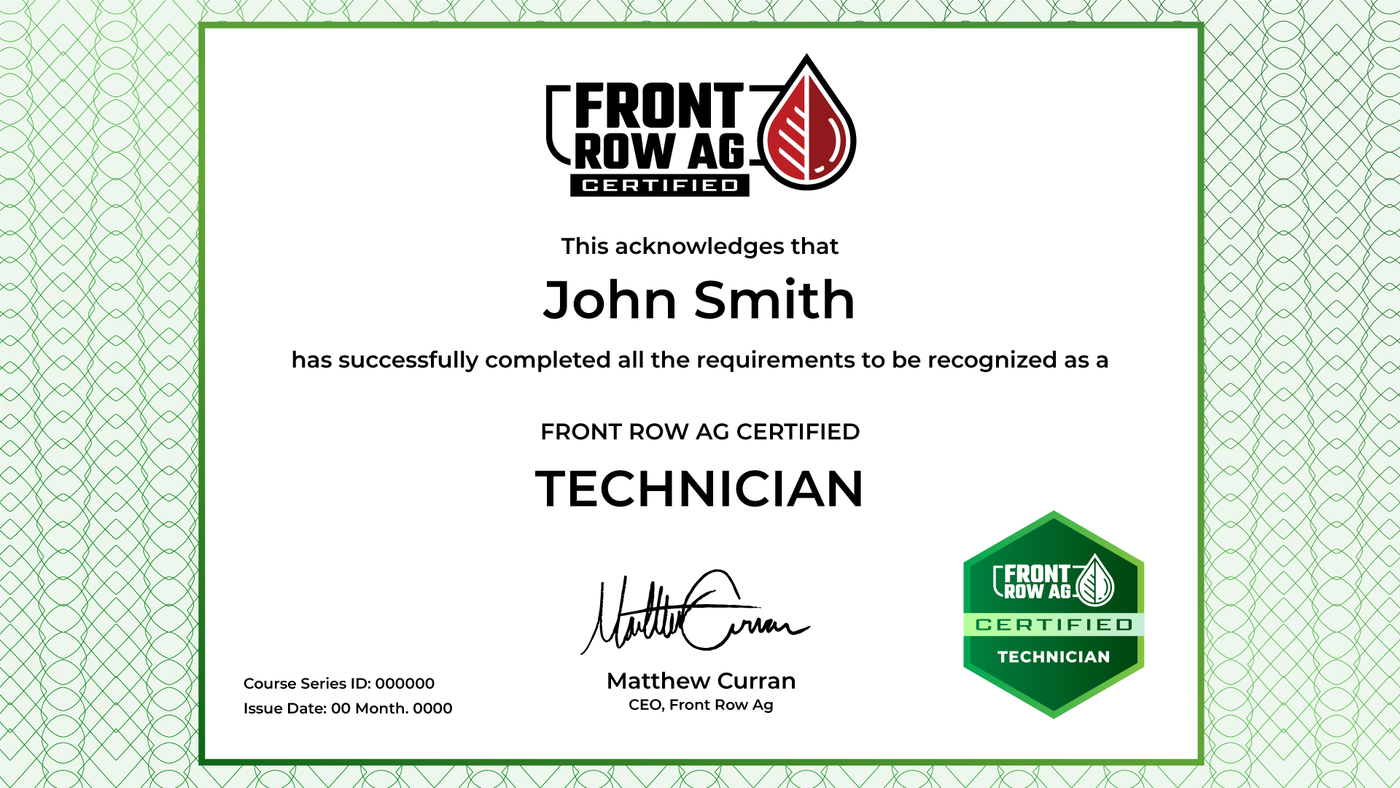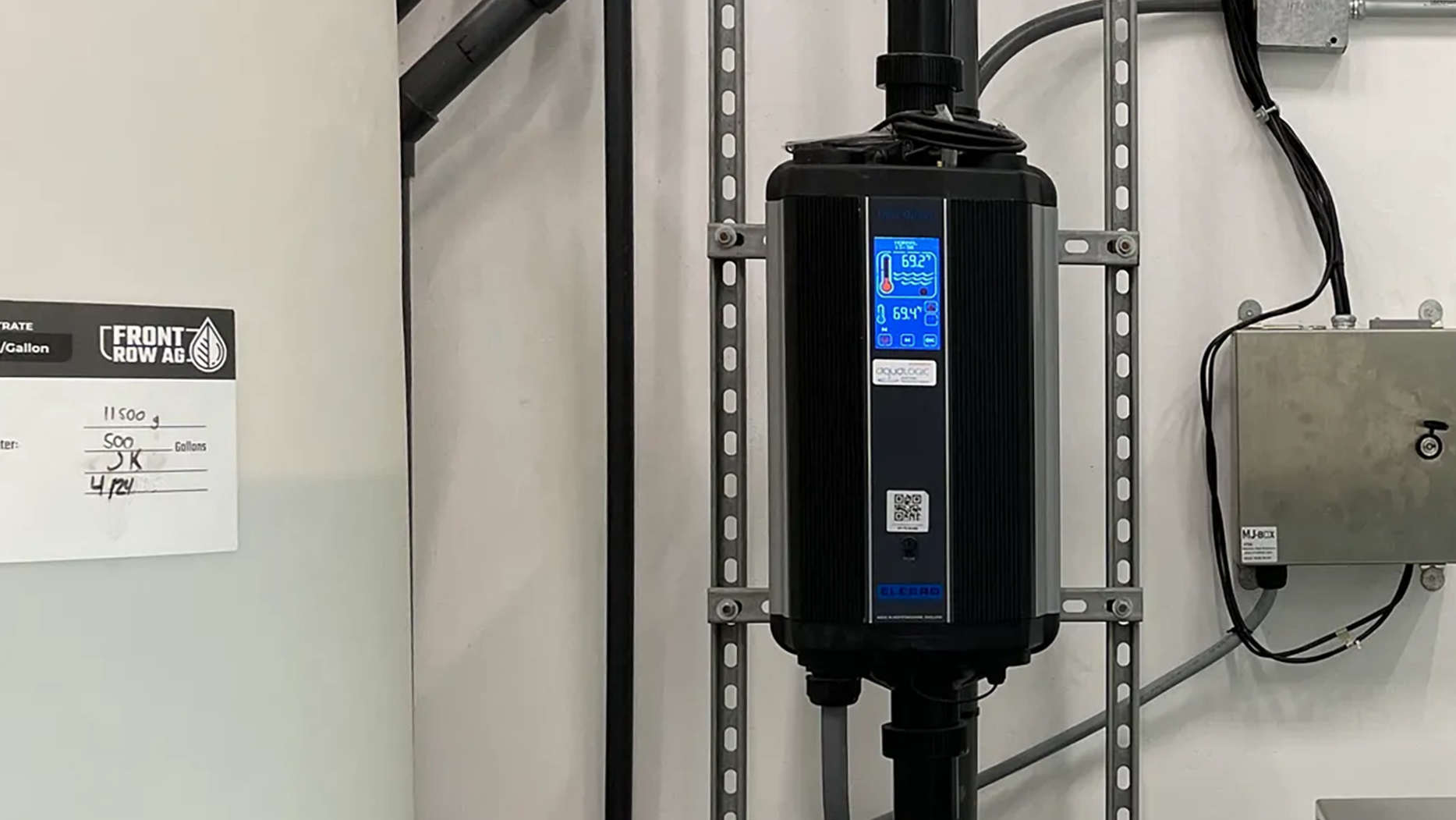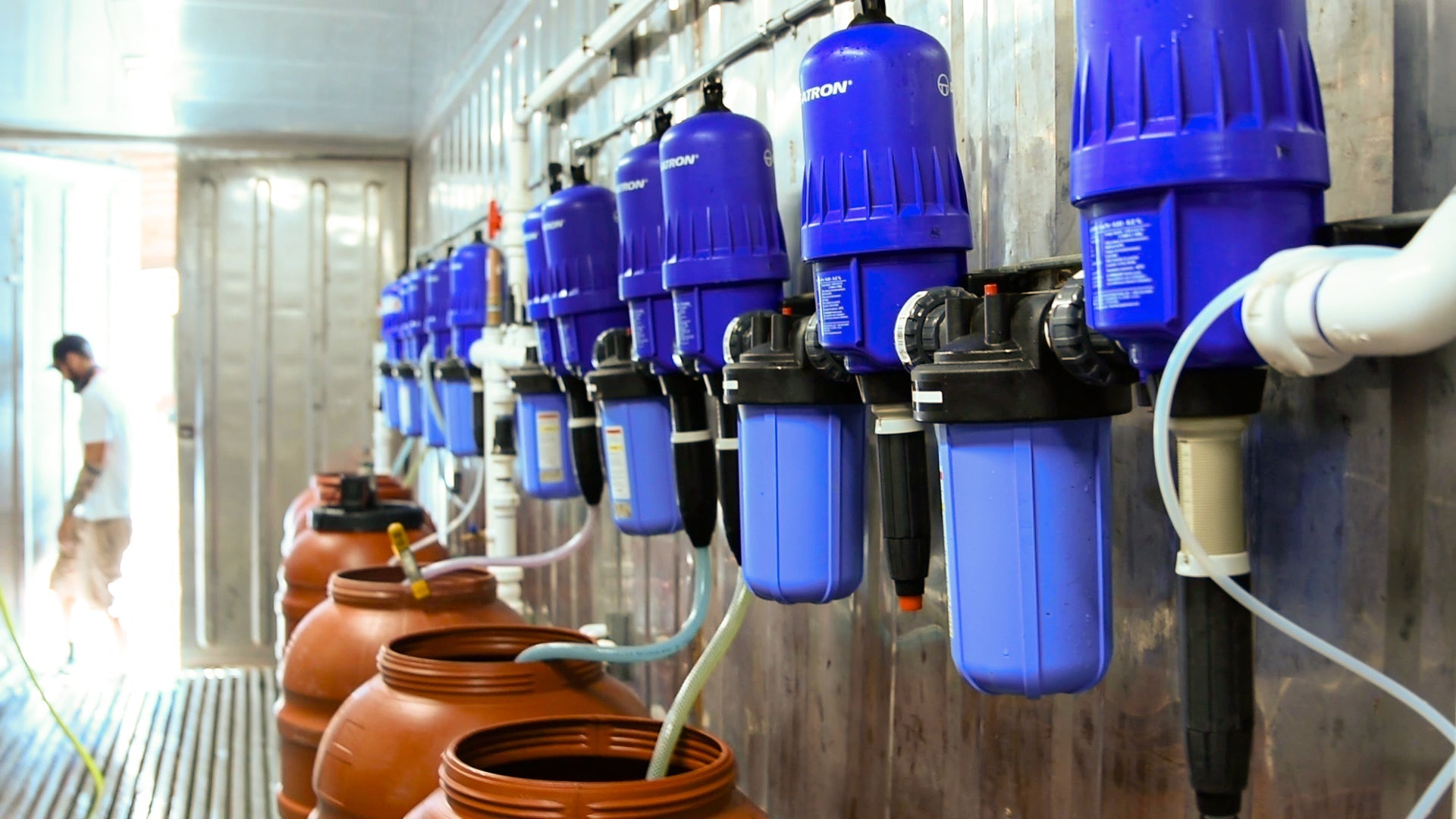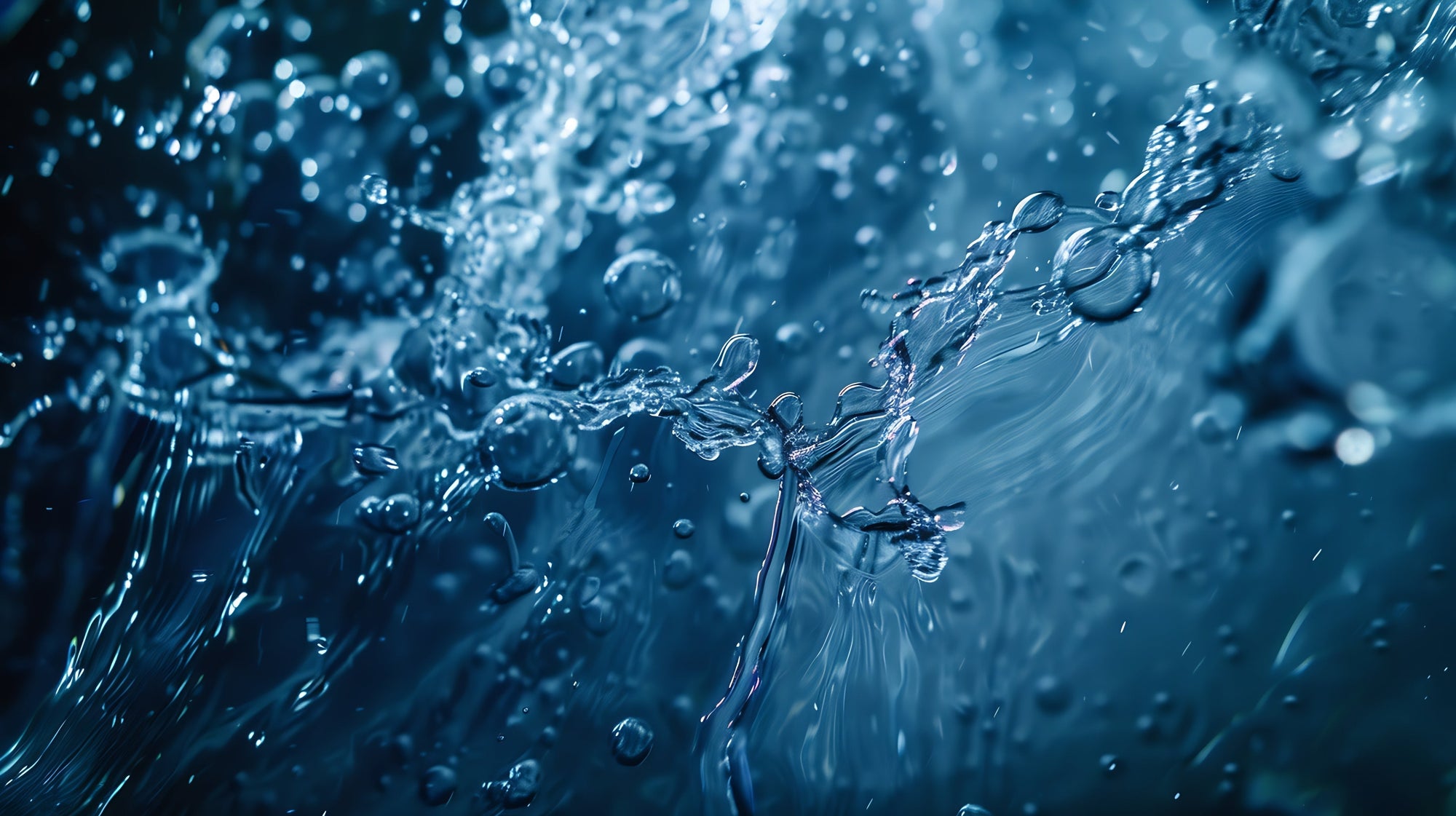Hydroponic systems provide plants with nutrients through a liquid solution that flows over their roots. The electrical conductivity (EC) of this solution is an important factor to consider, as it affects the health and yield of the crops. EC is a measure of the dissolved mineral content in the nutrient solution. This article will discuss several factors that influence the ideal EC of the nutrient solution, including:
- Irrigation strategy
- Substrate dryback and water content targets
- Light intensity
- Light quality
- Climate considerations (VPD)
- Phase of growth
Six factors affecting feed EC
1. Irrigation: Frequency, Volume, and Runoff
The frequency and volume of irrigation play a significant role in how much salt accumulates in the substrate and around the roots. Proper irrigation management is crucial to maintain a healthy substrate and ensure optimal plant growth. It is necessary to monitor the substrate and irrigate frequently and with enough volume to create a minimum percentage of daily runoff. This helps avoid salt build-up and minimizes the risk of osmotic stress and nutrient toxicity.
Measuring the pH and EC of the runoff and comparing it with the feed solution can provide insights into how the substrate's salt content is changing and whether adjustments to the feed EC or runoff proportion are necessary.
2. Dryback and Water Content Targets
Substrate dryback refers to the decrease in substrate water content between irrigation events or daily cycles. Managing substrate dryback is essential to maintain optimal plant growth, as too much or too little dryback can lead to drought stress, excessive ECs, overwatering, root diseases, and nutrient leaching. Monitoring substrate water content (WC) and EC with sensors can provide valuable information about the substrate's water retention and loss due to evaporation and transpiration.
Considering the impact of substrate dryback on substrate EC is crucial. As water evaporates from the substrate, salts accumulate and increase the EC, potentially leading to salt toxicity and nutrient imbalance. Controlling dryback to prevent unfavorable EC spikes generally requires maintaining the WC within a specific range, relative to field capacity (FC).
3. Light Intensity: PPFD Levels
Light intensity plays a vital role in plant growth, as it affects water and nutrient use. Higher light intensities lead to increased rates of photosynthesis and transpiration, requiring more water and nutrients to support growth. In hydroponics, this can be measured by the photosynthetic photon flux density (PPFD), which indicates the amount of light energy that reaches a given area per second.
Adjusting the feed solution EC for different PPFD levels ensures that plants receive adequate nutrients to avoid deficiencies while avoiding salt toxicity and osmotic stress. A general guideline is to increase the EC as light intensity (and the rates of photosynthesis) increase.
4. Lighting Quality: LED vs HID
Different light sources, such as LED and HID (high-pressure sodium and metal halide) lamps, can have distinct effects on plant growth and development. One such effect relates to infrared (IR) radiation, which influences various aspects of plant growth, including photosynthesis, respiration, transpiration, flowering, and fruit ripening. LED lights typically emit less IR radiation than HID lamps.
Plants grown under LEDs usually require higher EC levels, as they tend to transpire less and take up fewer nutrients from the substrate or solution. In contrast, plants grown under HID lamps may require lower EC levels due to increased transpiration and nutrient uptake.
5. Plant Climate and VPD
Vapor pressure deficit (VPD) is an important factor that reflects the suction force of water vapor from plant stomata. Higher VPD values indicate increased transpiration rates, which in turn affect the volume of water and minerals taken up by the plant from the substrate. Reducing the feed solution EC under high VPD conditions can help prevent salt buildup and toxicity while ensuring that plants receive adequate nutrients to support their growth and development.
6. Phase of growth
The feed EC requirements for plants change throughout their life cycle. For example, plants typically require higher ECs during the initial substrate charging and conditioning phase, as well as during rapid growth stages, such as the vegetative and stretch phase of flowering. In contrast, mineral requirements tend to decrease after week 3-4 of flowering and during the final 1-2 weeks of flower, necessitating adjustments to the feed solution EC.
It is essential to consider the specific needs of the plants during each growth phase and adjust the feed EC accordingly to support optimal growth and development while minimizing the risk of nutrient imbalances and salt toxicity.
How to select the right EC for your plants
While it’s impossible to give specific recommendations due to the individual facility differences in the factors mentioned above, here are some of my recommendations:
If these factors are present, start with the FRA Standard Strength Feed Chart (2.0-2.6 EC), and increase strength in steps of 10% as necessary for optimal plant vigor.
- Lack of equipment to measure or control substrate EC and dryback
- No tracking of runoff volumes or EC
- Lower PPFD levels
- Using HID lighting, full sun, or GH
- Low level of climate control with high temps and/or VPD
********************************************
If the following factors are present, use the FRA High Strength Feed Chart (2.4-3.0 EC), increasing in steps of 10% as necessary for optimal plant vigor:
- You have substrate monitoring and can control substrate EC and dryback
- Runoff is measured consistently and used to adjust irrigation program
- Higher PPFD levels
- Using LED lights
- Fine control of climate, RH, temp, and VPD





